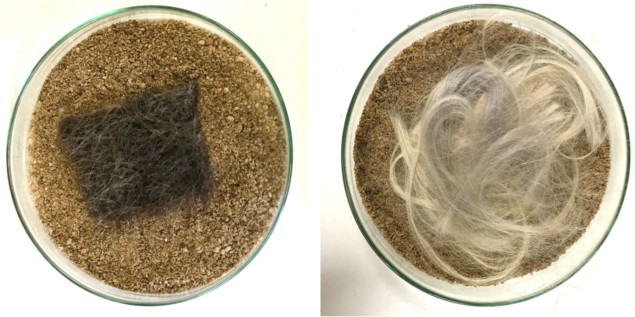
Have you ever thought about how much human hair is cut and thrown away every day around the world, and wondered if something useful could be done with this renewable resource? Beyond making wigs – which is a major industry in itself – Megan Murray and colleagues at the University of Technology Sydney have found that human hair and dog fur are extremely good at soaking up oil spills on roads and other hard surfaces.
“Dog fur in particular was surprisingly good at oil-spill clean-up, and felted mats from human hair and fur were very easy to apply and remove from the spills,” says Murray. Although synthetic materials are readily available for soaking up oil, they are not biodegradable. As a result, the Australian researchers have tested several natural materials including peat moss – which was not as good as human hair. They report their results in Environments.
The shortlist for the Insight Investment Astronomy Photographer of the Year 2020 competition has been announced and includes some fantastic images of the sky. My favourite is a photo of polar stratospheric clouds above a snow landscape in Finland that was taken by Thomas Kast. He says the clouds “are something I have been searching for for many years and had seen only in photographs until that day”.
The winners will be announced on 10 September and the shortlisted works will be exhibited at the National Maritime Museum in London starting in October.
This week marks the 75th anniversary of the Trinity test and on his blog Restricted Data, Alex Wellerstein asks what would have happened if that first test of a nuclear weapon had failed? He considers three different types of failure and looks at some of the military and political implications.



